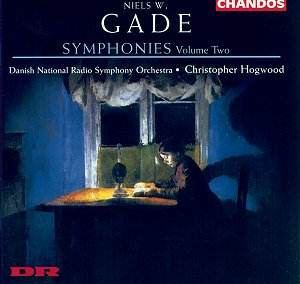 Composer: David Maves
Composer: David Maves
Works: Piano Sonatas Nos. 1-4
Performers: Max Lifschitz (piano)
Recording: Recital Hall of SUNY Stony Brook, January 1983 (Sonatas 1 and 2); Recital Hall of the University at Albany, May 1995 (Sonatas 3 and 4)
Label: North/South Recordings R 1008
David Maves, born in 1937, emerges as a significant voice in contemporary American classical music, particularly through his exploration of the piano sonata form. Spanning nearly two decades, his four piano sonatas present a fascinating journey through stylistic evolution and compositional maturity. Maves’s work reflects the tumultuous landscape of the late 20th century, effortlessly blending modernist sensibilities with a keen awareness of classical traditions, thus creating a unique tapestry of sound that challenges yet ultimately rewards both performer and listener.
The first two sonatas, recorded in the early 1980s, reveal Maves’s exploratory nature. The Piano Sonata No. 1, composed in 1973, is structured into six short sections, each functioning as a study in various aspects of piano writing. This disparate organization culminates in a Finale that seeks to reconcile the preceding material. Here, Lifschitz’s interpretation showcases a wide dynamic range and an acute sensitivity to textural nuances, particularly in the stark contrasts between the sections, which echo the avant-garde practices of the time without veering into mere abstraction. The second sonata, completed in 1978, adopts a theme-and-variations format reminiscent of Beethoven’s Diabelli Variations. Lifschitz navigates the intricate demands of this work with impressive clarity, particularly in the final sections where the thematic material is developed. The pianist’s ability to articulate Maves’s complex rhythms while maintaining lyrical phrasing elevates the performance, making the piece both demanding and rewarding.
Maves’s Piano Sonata No. 3 (1993) shifts to a more traditional idiom, described by the composer as “a simple, straightforward Neo-classical sonata.” However, this label belies the work’s rich harmonic language and intricate counterpoint. Lifschitz’s performance captures the sonata’s accessible charm while also revealing its underlying complexity. Notably, the third movement’s playful, almost capricious quality is enhanced by Lifschitz’s deft touch, bringing forth a lightness that balances the sonata’s more serious passages. The recording quality at this stage is markedly warm and natural, allowing the piano’s voice to resonate beautifully, a testament to the engineering efforts in the 1995 sessions.
The Fourth Piano Sonata (1994), in stark contrast to its predecessor, embraces a grander scale and a more traditional four-movement structure. The opening movement bursts forth with energy, showcasing Maves’s affinity for robust, brilliant gestures that demand both technical skill and interpretive insight. Lifschitz rises to the occasion, delivering a performance that is both vigorous and precise, particularly evident in the challenging passages that require sustained stamina. The Andante, functioning as a theme and variations, is particularly noteworthy; Lifschitz’s treatment of the theme demonstrates a deep understanding of Maves’s compositional voice, skillfully unfolding the variations with a judicious blend of nuance and dynamism. The Scherzo, imbued with a sense of nervous energy, transitions seamlessly into a climactic finale, where Lifschitz’s mastery of the instrument is on full display, culminating in a thrilling resolution that encapsulates the sonata’s expansive ambition.
Maves’s piano sonatas collectively embody a rewarding journey through varied musical landscapes, skillfully avoiding the pitfalls of ephemeral trends. They present a rich study of 20th-century piano writing, reflecting the composer’s thoughtful engagement with both historical forms and contemporary techniques. Max Lifschitz’s interpretations are not merely performances but insightful explorations that breathe life into Maves’s intricate scores. The recording quality across the sessions enhances the experience, allowing the subtleties of Maves’s writing to shine through. This collection is a commendable addition to the discography of contemporary American piano music, deserving of attention from both scholars and enthusiasts.



